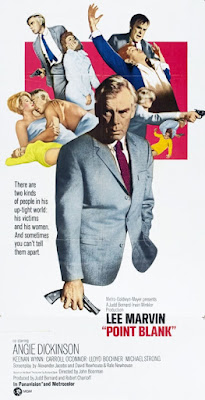
Famous Stanley Donen/Michael Kidd musical is both celebrated for its rough & tumble dance sequences & trashed for its hormonally charged plotline. (7 brothers kidnap 7 intendeds. The End.) But it gets away with its non-PC story since Howard Keel ’s Adam, who instigates the abduction, gets exiled to a wintry purgatory, while the dancing courtships (to say nothing of the stylized back lot sets) turn the sharp angles of sexual threat into curvy romance. Paradoxically, it's that unsavory subtext (the plot is one big happy rape fantasy) that makes the story so memorably different than the typically insipid musical comedy formula. A bit less successful is Gene de Paul’s so-so score & Johnny Mercer’s sub-par lyrics. (Well, sub-par for the great Johnny M.) Michael Kidd's masterful barn raising challenge dance is one of the all-time great set pieces in any musical, but even the lesser elements show how the consistent style Donen brings to the material makes things add up to more than just the sum of their parts. And dig those orangy "AnscoColor" tints and the color-coded shirts on the brothers. A pox on your tasteful modern earth-tones.





































